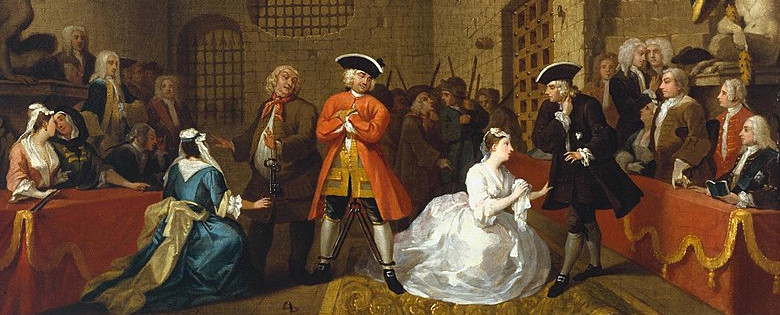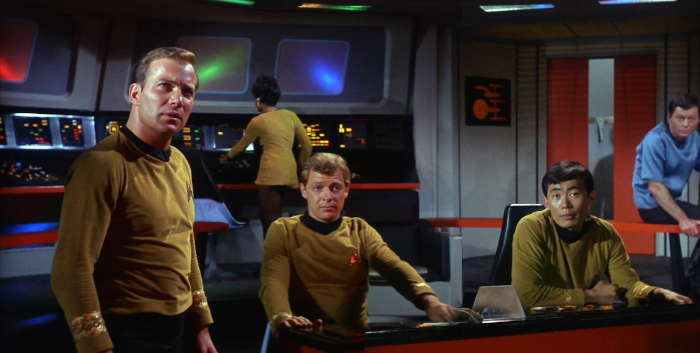For a moment in the 1998 Simpsons episode “The Wizard of Evergreen Terrace,” it appears that Homer has found a solution to Fermat’s last theorem:
398712 + 436512 = 447212
If you check this on a calculator with a 10-digit display, it seems to work: Raise 3987 and 4365 each to the 12th power, take the 12th root of the sum, and you get 4472.
But that’s the fault of the display. The actual value for the third term is closer to 4472.000000007057617187512.
Simpsons writer David S. Cohen, who had studied physics at Harvard and contrived the ruse, told Simon Singh he was pleased at the consternation it caused online. “I feel great about it. It’s very easy working in television to not feel good about what you do on the grounds that you’re causing the collapse of society. So, when we get the opportunity to raise the level of discussion — particularly to glorify mathematics — it cancels out those days when I’ve been writing those bodily function jokes.”
(From Simon Singh, The Simpsons and Their Mathematical Secrets, 2013.)





